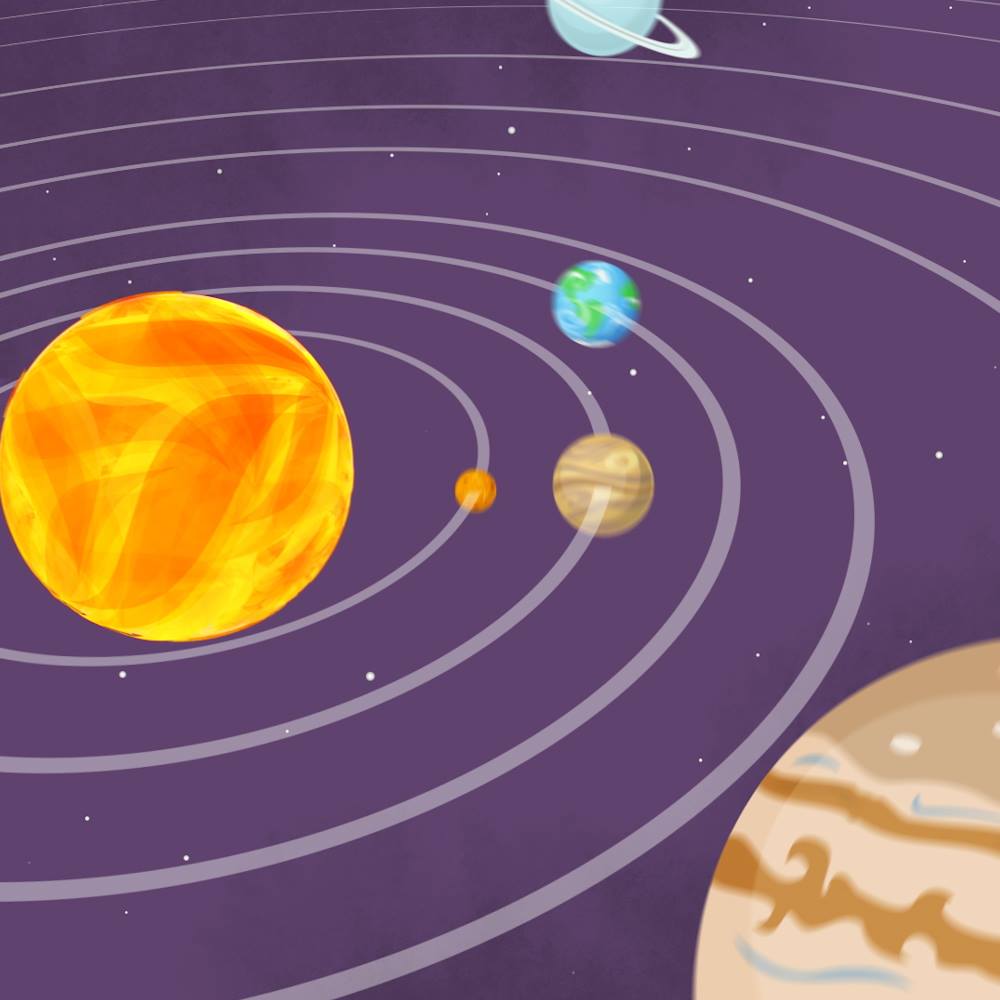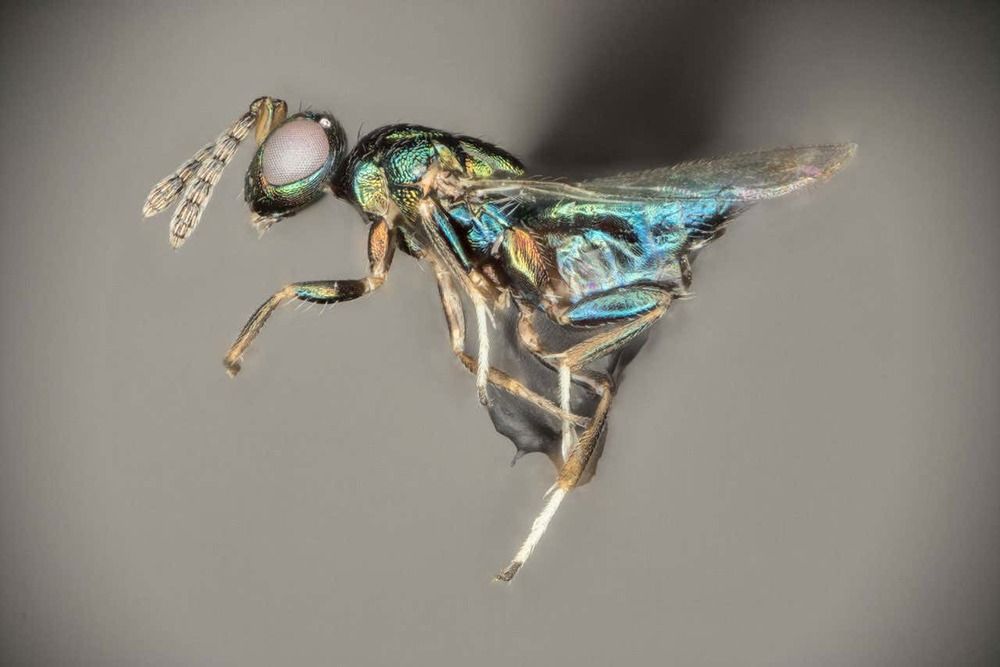Something bright came in hot enough to spark several fires in Chile recently, and it looks like it wasn’t natural.



Official video for possibly maybe by björk.
directed by stéphane sednaoui
written by björk/nellee hooper/ marius de vries.
® 1996 BjörkOverseas Ltd/One Little Indian Records Ltd.
The potentially monumental 367-foot superyacht with state-of-the-art technology and design was presented as a 6.5-foot model at the Monaco Yacht Show.
The next major iteration will be coming from BBC later this year, produced as a serial. The BBC just dropped a new trailer for it, which you can view in all its glory here:

By Michael Le Page
A recently discovered parasitic wasp appears to have extraordinary mind-controlling abilities – it can alter the behaviour of at least seven other species.
Many parasites manipulate the behaviour of their victims in extraordinary ways. For instance, sacculina barnacles invade crabs and make them care for barnacle larvae as if they were their own offspring. If the host crab is male, the parasite turns them female.


TL;DR: Learn languages on the go with the Aunu Audio M50 headphones — pair it with the companion app for just $99.99.
We’ve seen it all when it comes to truly wireless earbuds: superior sonics, sleek design, sweat, water, and life-proof construction. Earbuds that look like AirPods for less. And earbuds that are AirPods.
This time, though, we’re putting the spotlight on something different: the Aunu Audio M50 true wireless headphones.
From the Peak District to John O’Groats, nearly 1,300 kilometres of off-road ups and downs, forest trails and canal paths await two-wheeled adventurers in the UK. The newly launched Great North Trail creates a continuous route linking England and Scotland in a bid to open up the countryside to cyclists. Passing through the Peak District, the Yorkshire Dales and Kielder Forest in England, up to Loch Lomond, the Trossachs National Park and Loch Ness in Scotland, the route takes in some of the UK’s best-known beauty spots. In Scotland, cyclists can branch towards Cape Wrath, the most north-westerly part of the UK, or John O’Groats on the northeast tip.